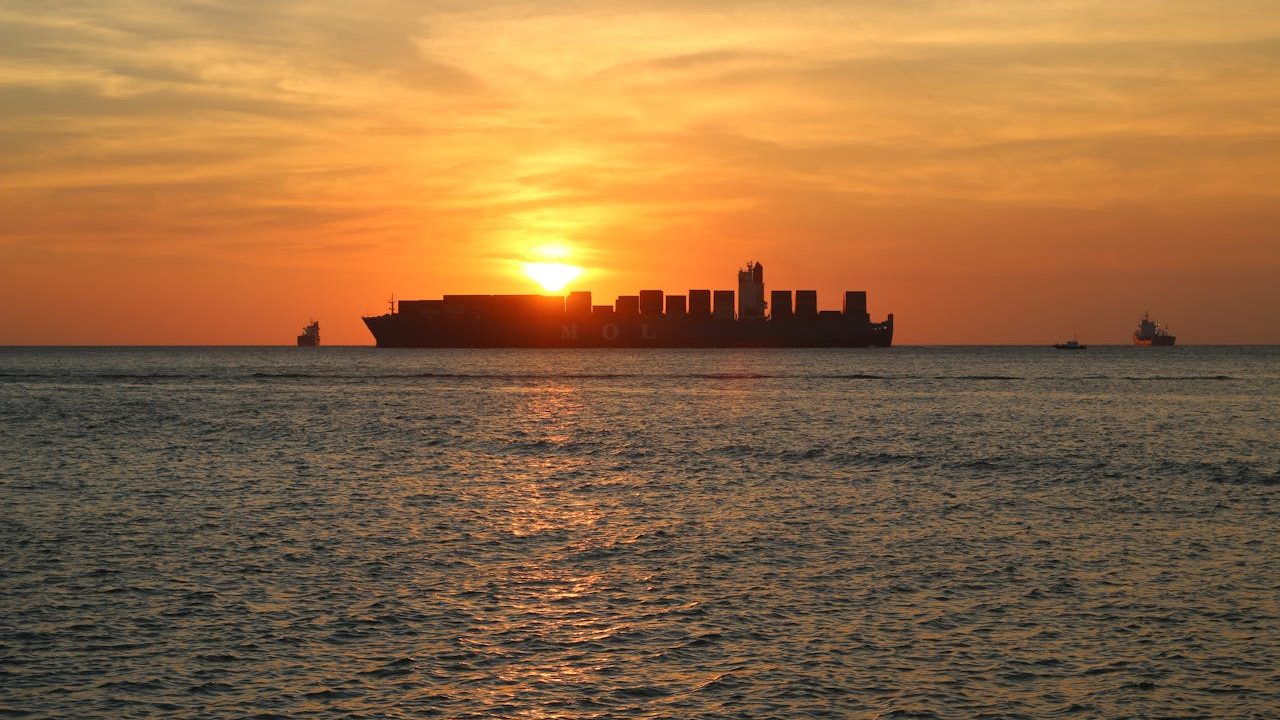In an age dominated by speed and instant delivery, the idea of intentionally slowing down cargo ships may seem counterproductive. Yet, in the global shipping industry, this very strategy — known as slow steaming — is proving to be one of the most effective ways to reduce fuel consumption, cut emissions, and meet tightening environmental regulations.
What is Slow Steaming?
Slow steaming refers to the practice of operating cargo vessels at significantly reduced speeds, typically between 12 to 18 knots, compared to traditional cruising speeds of 20 to 25 knots. Introduced during the 2008 financial crisis to help shipping companies save on skyrocketing fuel costs, it has since evolved into a widely adopted method for reducing environmental impact.
The approach has gained renewed importance as the International Maritime Organisation (IMO) pushes for a 50% reduction in greenhouse gas emissions by 2050 — a goal that demands innovative and immediate solutions.

Benefits of Slow Steaming
1. Fuel and Cost Efficiency
The relationship between speed and fuel consumption is exponential. A modest reduction in speed — even by 10% — can result in 20–30% less fuel burnt. This translates into substantial savings, particularly with rising marine fuel prices and new low-sulphur fuel mandates.
2. Environmental Sustainability
Fewer emissions of CO₂, nitrogen oxides (NOx), and sulphur oxides (SOx) directly benefit both air quality and climate targets. Slow steaming is a critical tool in helping shipping lines comply with global decarbonisation standards, such as IMO 2020 and IMO 2030.
3. Extended Engine Life
Operating ships at reduced speeds puts less strain on the engine and auxiliary systems. This not only extends the vessel’s lifespan but also reduces maintenance costs and the frequency of repairs.
Challenges of Slow Steaming
Despite its advantages, slow steaming also presents challenges:
- Longer Delivery Times: Transit times can increase by several days or even weeks, which affects supply chains — especially for perishable or time-sensitive goods.
- Inventory Costs: Businesses may need to hold more inventory or adjust logistics schedules, which can increase warehousing and capital costs.
- Customer Expectations: In sectors where speed is critical, such as fashion or electronics, convincing customers to accept longer shipping times can be difficult.
Shipping companies must carefully balance sustainability goals with client demands and operational feasibility.
Industry Adoption
Major shipping companies like Maersk Line, Hapag-Lloyd, and CMA CGM have already embedded slow steaming into their route planning. Some carriers even use super slow steaming, dropping speeds below 12 knots, particularly on long-haul Asia-Europe routes to maximise savings and minimise emissions.
Conclusion
Slow steaming is more than just a cost-saving measure — it’s a strategic response to a global call for sustainable shipping. By reducing fuel use and cutting emissions without requiring massive infrastructure changes, slow steaming offers a practical and scalable way to decarbonise maritime transport.
In the race to a greener future, slowing down might just be the smartest way forward.